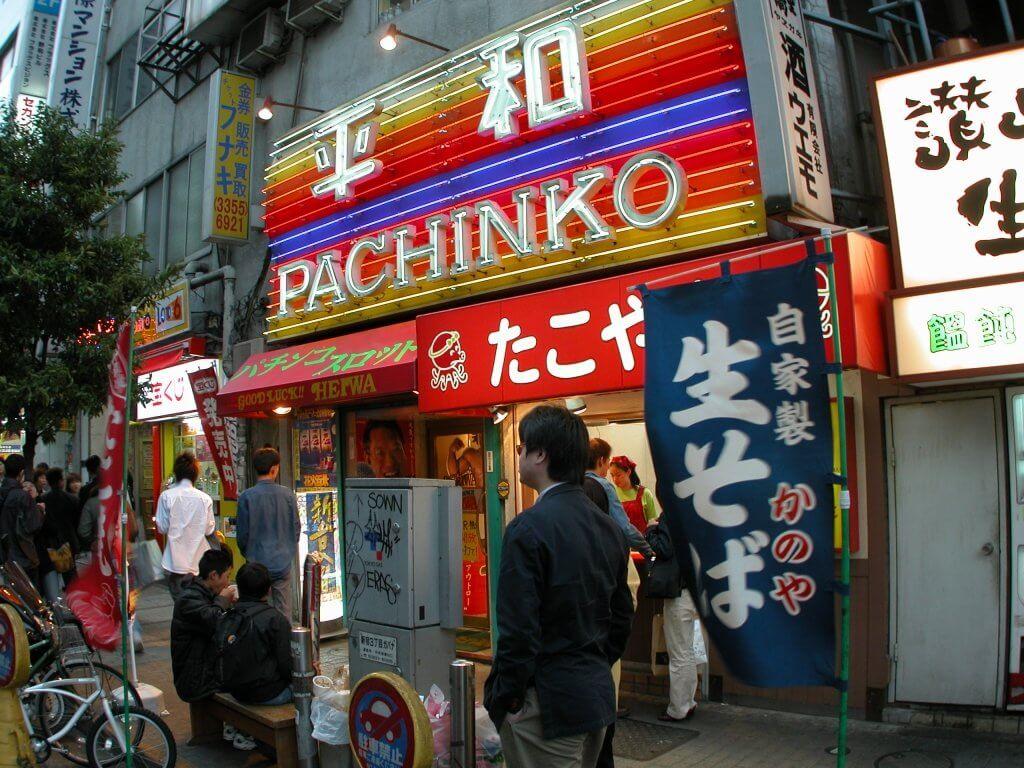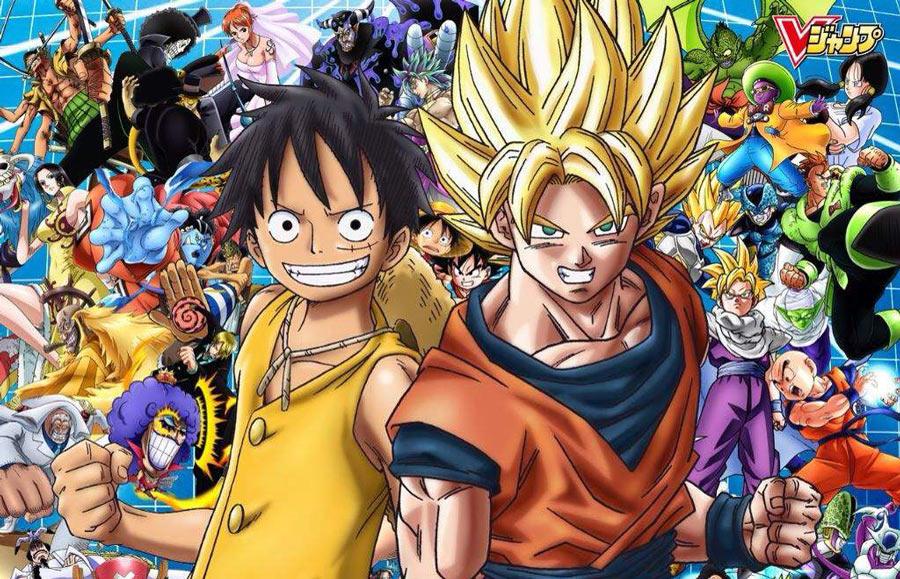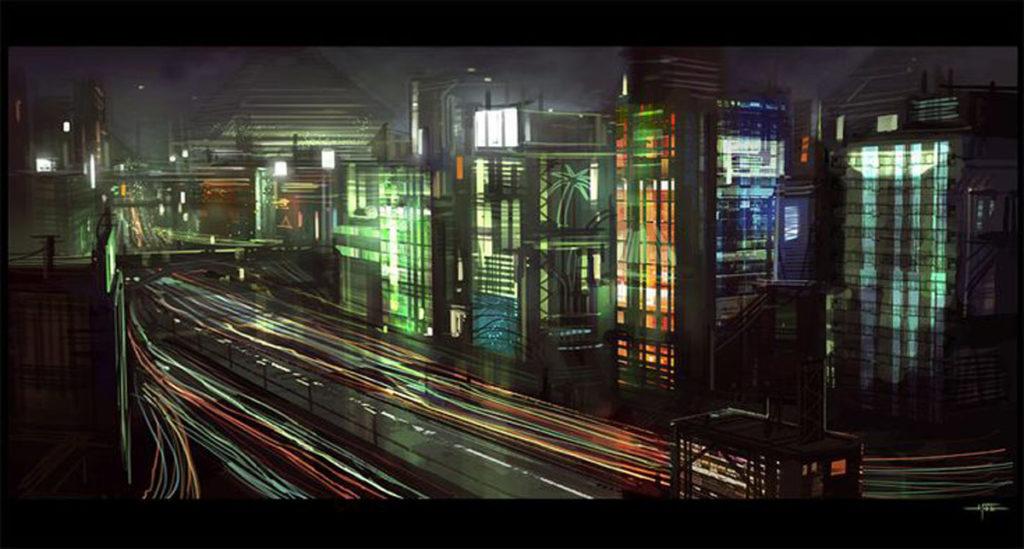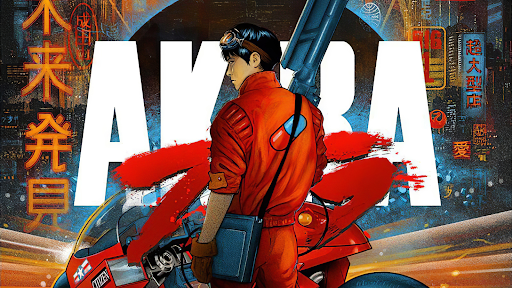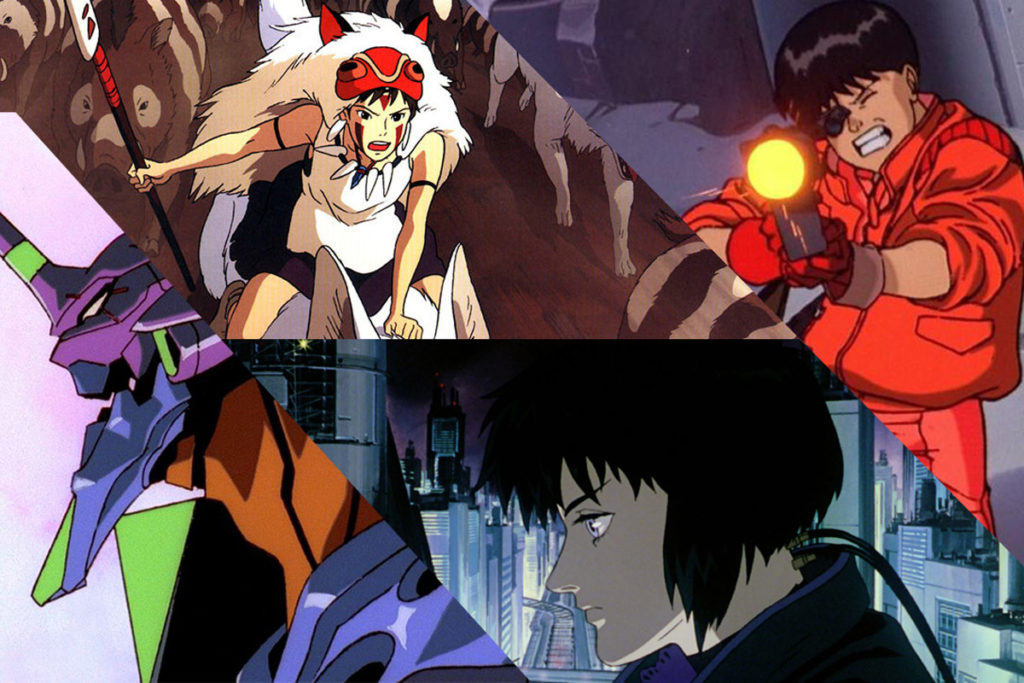One commonality among most Cyberpunk anime is the unique world-building that different premises are built on. Regardless of if the story is about politics, power, or relationships, the main appeal of the genre is seen in its characters and surroundings. This decade was laden with many imaginative stories about a futuristic Tokyo that involved advances and dreams of extreme technological advancements.
Before Akira and Ghost in the Shell came out, a sci-fi anthology film that goes by its namesake made waves among the anime community. The film is a 3-part series of stories called the 1987 Neo-Tokyo.
The Concept of Neo-Tokyo
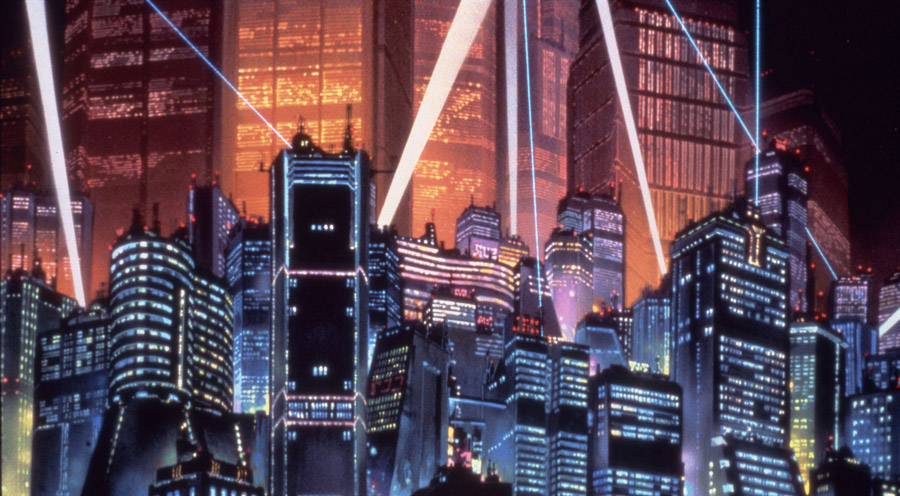
The term Neo-Tokyo has been thrown around a lot and used loosely in Japanese pop culture to describe a futuristic view of the metropolis. Cities are shown with steam-powered automotive units, flying cars, motorbikes, and neon-laden alleys with their bright pink and turquoise signs.
Characters are seen with outrageous hairstyles, piercings, jewelry, overcoats creating long boxy silhouettes, and masks to hide identities. Such is the vibe packaged with the concept of Neo-Tokyo, the word attached to the city meaning “modern” or “new” signifying a city that is already future-forward and technologically proficient.
This futuristic theme is one that is very popular among the many famous works to have come out of Japan. In the past, we’ve been treated to an anime way ahead of its time in the 1988 masterpiece by Katsuhiro Otomo by the name of Akira. Being the most popular depiction of the premise, it is the best taste of the cyberpunky feel of futuristic Japan.
Set in an offshoot of Tokyo literally also called Neo-Tokyo, which arose and came to be after the original city was destroyed, Akira treats and entices viewers to characters with special telekinetic abilities. On top of technological advances set in this fictional world, characters are also able to use innate abilities, creating a mish-mash of different sci-fi tropes.
In the year 1995, we were also spoiled with the masterpiece that is Ghost in the Shell, another show that has been a key player and inspiration to many anime that followed in the cyberpunk genre. This series was ahead of its time having been written in the late 90s, as it discussed the heavy cyberization of computer technology, replacing human parts with robotic implants and prosthetics, blurring the line between humans and AI. Themes of political struggle and the discussion of power and corruption were also major themes discussed throughout the main plot of the story.
A collection of 3 short science-fiction stories
A 50-minute long anthology in total, Neo-Tokyo’s three stories were each written and directed by three different people. Interestingly enough, one of the stories (Construction Cancellation Order) was written by the aforementioned Katsuhiro Otomo, who may have in some way or form used this as a test run for his succeeding work.
The other two stories, entitled Labyrinth Labyrinthos and The Running Man weren’t directed by slouches either, as they were written by Rintaro and Yoshiaki Kawajiri respectively. The former was behind Metropolis and Captain Herlock, while the latter has gone on to participate in multiple episodes of the modern masterpieces Attack on Titan and Demon Slayer.
Animation on the other hand was created by renowned studio Madhouse, who’ve gone on to create absolute anime classics such as Hunter x Hunter, Monster, Hame no Ippo, and Death Note. Needless to say, Neo-Tokyo was a collaboration of some of the heavyweights in the anime industry.
The first part, Labyrinth Labyrinthos, makes no sense. But, as they say, certain things in life just do not have any answers; you simply learn to accept things as they are.
It is quite an illogical experience filled with vivid and trippy imagery chock-full of goofy and bizarre-looking characters. Sachi, along with her cat Cicerone, are sent to a giant labyrinth after going through a mysterious portal. Here, she is guided by a creepy clown straight from your worst nightmares through the maze with many surprises along the way.
Labyrinth Labyrinthos does not feature much talking or dialogue, mostly a score that is enhanced by the eerie soundtrack that accompanies it. The soundtrack includes Gymnopédies (1888) by eccentric French composer Erik Satie, considered perhaps to be one of the most renowned piano solos of the late Romantic period. And Carmen’s Toreador Song from Georges Bizet’s opera ‘Carmen’.
Along the way, Sachi and Cicerone are confronted with a variety of strange sights, sounds and sensations they cannot explain. Perhaps this is exactly what the journey of life is, as we must simply accept what we see as we keep going and reach the end of our own personal labyrinths?
Running Man
Running Man, the second film, is much more in keeping with the collection’s title, Neo-Tokyo. A dark and gritty aesthetic is established with its futuristic setting and noir character clothing, which is exactly what all cyberpunk is about! Compared to the Labyrinth Labyrinthos, Running Man has much more of a straight forward premise.

In this futuristic Tokyo setting, exhilarating death races are a huge spectacle to the betting public. Zach “Grim Reaper” Hughes, the best in the business, has been dominating the field for years now with his skillful driving and use of his telekinetic powers to destroy his competitors.
This part is full of popcorn entertainment and high-octane action sequences that are easy to enjoy (although not for the faint hearted). Highly visual, with sound mostly coming from the action as opposed to character dialogue. Although easier to follow as a concept than the first story, Running Man may take many viewings to completely appreciate, since many of the events are jumbled throughout its runtime, as the sequence of events is a puzzle that the viewers must piece together.
Construction Cancellation Order
The final story, Construction Cancellation Order, is centred on an order to halt the building on a fictitious Southern American island.
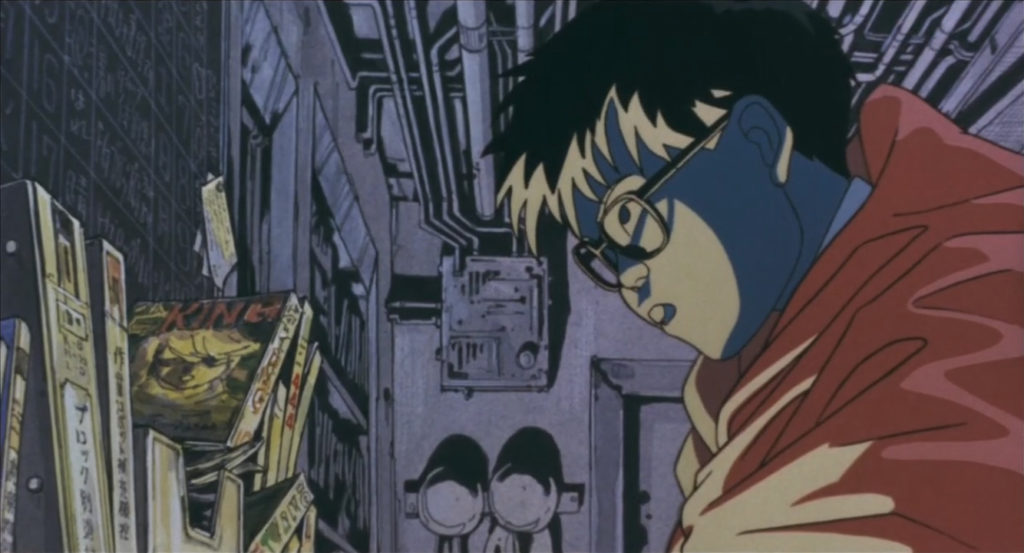
The only problem is that construction is being handled by robots who don’t understand this as they are programmed with the mission to finish the project at all costs. A Japanese construction company sends buck-toothed salaryman Tsutomu Sugioka to try and inform all the robots of what’s going on.
Even though the robots are self-aware, their fates are set in stone as they have no choice with what they are programmed to do. To understand why things are the way they are, Tsutomu must reason with the robots. Construction Cancellation Order follows his descent into madness as he attempts to do so.

Acceptance is a recurring theme in each of the three storylines, despite their dramatic divergences. Even if the plots wind up being unclear for both the audience and the characters, you might just need to take things the way they are and enjoy the vibe.
Neo-Tokyo ‘s biggest strength and worst weakness may be its lack of refining of the individual pieces.
Regardless of how things are, Neo Tokyo is still an enjoyable watch for its visuals and sound design which were ahead of its time as well as its star-studded production cast.




































